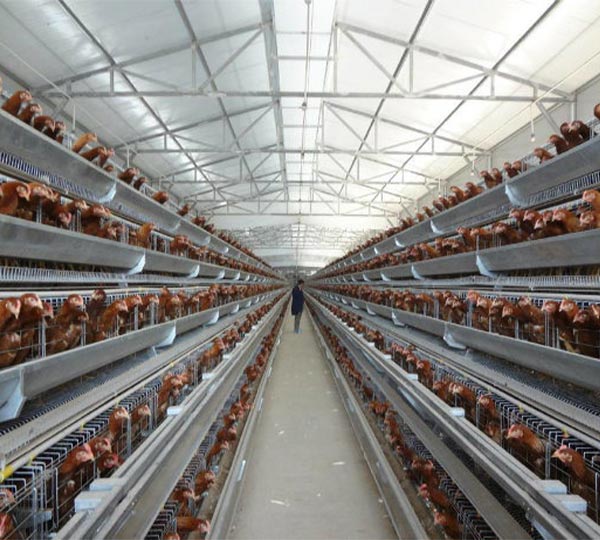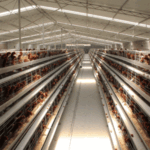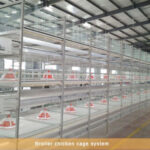What are the characteristics of layer battery cage system?
Layer battery cage systems are a popular choice for commercial egg production due to their efficiency, space-saving design, and ability to optimize hen management. In this article, we will delve into the key characteristics of layer battery cage systems, shedding light on why they are favored by poultry farmers worldwide.
1. Space Optimization
One of the primary characteristics of layer battery cage systems is their ability to maximize space utilization. These systems are designed with multiple tiers of individual compartments, allowing for vertical stacking of cages within the poultry house. By utilizing vertical space efficiently, farmers can house a larger number of hens in a limited area, thereby increasing the overall productivity of the farm.
2. Individual Compartmentalization
Layer battery cage systems feature small individual compartments for each hen, providing them with their designated space for feeding, resting, and laying eggs. This compartmentalized layout helps reduce aggression and cannibalism among hens, promoting a more harmonious flock environment. Additionally, individual compartments facilitate better monitoring of hen health and behavior, allowing farmers to identify and address any issues promptly.
3. Automated Feeding and Watering
Another key characteristic of layer battery cage systems is the integration of automated feeding and watering systems. Feeders and waterers are installed within each compartment, ensuring that hens have continuous access to fresh food and water. Automated systems help minimize feed wastage and water spillage, leading to more efficient resource utilization and cost savings for farmers.
4. Easy Egg Collection
Layer battery cage systems are designed to facilitate easy egg collection. The sloped wire mesh flooring allows eggs to roll away from the hens’ reach, preventing damage and contamination. Eggs can be collected directly from the collection trays or conveyor belts located beneath the cages, streamlining the egg collection process and ensuring the production of clean, high-quality eggs.
5. Hygienic Environment
Maintaining a clean and hygienic environment is crucial for the health and welfare of laying hens. Layer battery cage systems help achieve this by incorporating features such as wire mesh flooring, which allows droppings to fall through, keeping the eggs clean and reducing the risk of disease transmission. Additionally, the compact design of battery cages makes them easier to clean and disinfect, further enhancing biosecurity on the farm.
Conclusion
Layer battery cage systems offer a range of characteristics that make them well-suited for commercial egg production. From space optimization and individual compartmentalization to automated feeding and easy egg collection, these systems are designed to maximize efficiency, productivity, and hen welfare. If you’re considering implementing a layer battery cage system for your poultry farm, it’s essential to understand these key characteristics and how they can benefit your operation.











